Martial arts have been practiced for thousands of years across different cultures, evolving from ancient battlefields to modern-day sports and self-defense techniques. These arts reflect not only the physical discipline of their practitioners but also the rich cultural heritage of the regions they come from. These martial traditions offer a glimpse into the past while still influencing the way we fight today. Check out some of the oldest martial arts in the world, detailing their origins, techniques, and continued relevance.
Capoeira
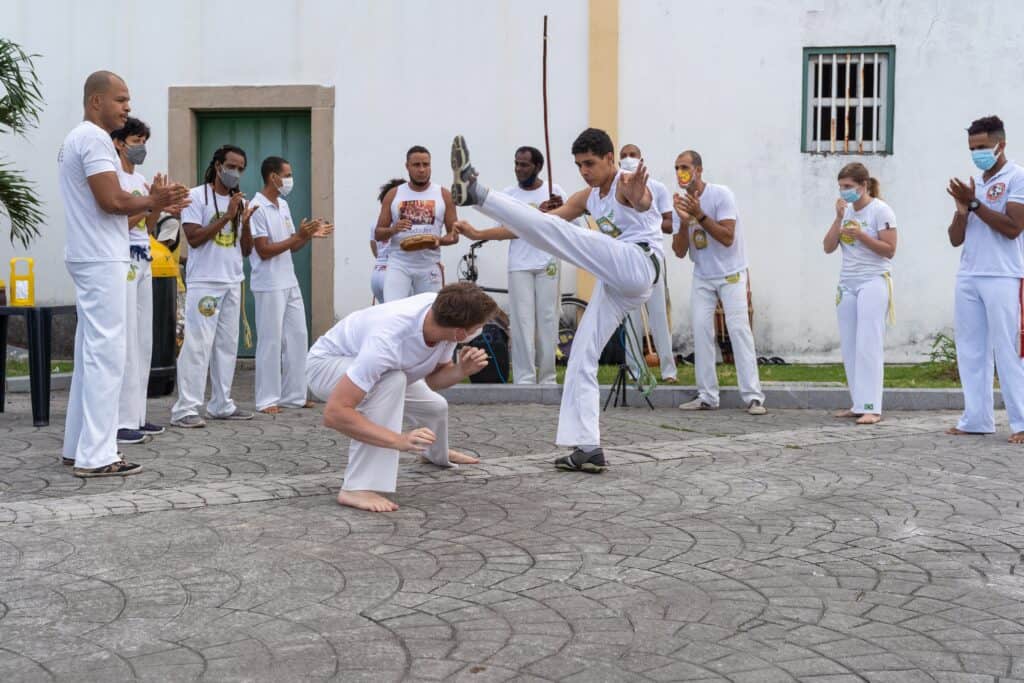
Capoeira, a Brazilian martial art developed by African slaves in the 16th century, merges combat techniques with dance, acrobatics, and music. It was created as a disguised method of self-defense and rebellion against slave masters. Practitioners use fluid, improvisational movements, including flips, kicks, and sweeps, emphasizing agility and coordination. Initially banned in Brazil due to its association with resistance, it resurfaced in the 20th century and has since become a global practice. Today, it is not only a martial art but also a cultural expression, preserving the African-Brazilian heritage. Its influence extends beyond combat, inspiring modern forms of dance and acrobatics.
Taekkyeon
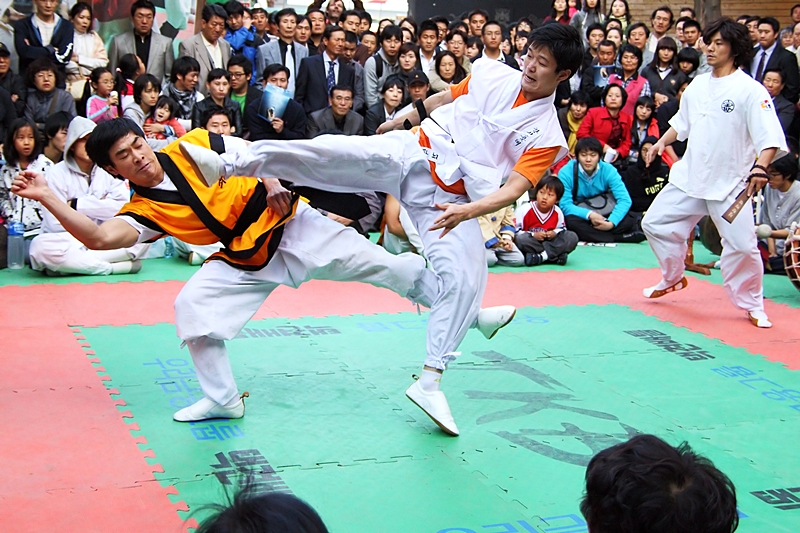
Taekkyeon, originating during Korea’s Goguryeo Dynasty around the 4th century CE, is a martial art known for its flowing, dance-like movements. Practitioners use a combination of kicks, sweeps, and strikes, making it a fluid yet effective form of combat. Initially practiced by Korean warriors, it became a commoner’s martial art used for self-defense. Though it declined in popularity, the 20th-century revival preserved its traditional techniques. In 2011, it was recognized as a UNESCO Intangible Cultural Heritage, showcasing its cultural significance. Today, the martial art continues to thrive, serving as both a combat system and a symbol of Korean heritage. Its rhythmic nature sets it apart from other martial arts, making it unique among combat disciplines.
Muay Boran
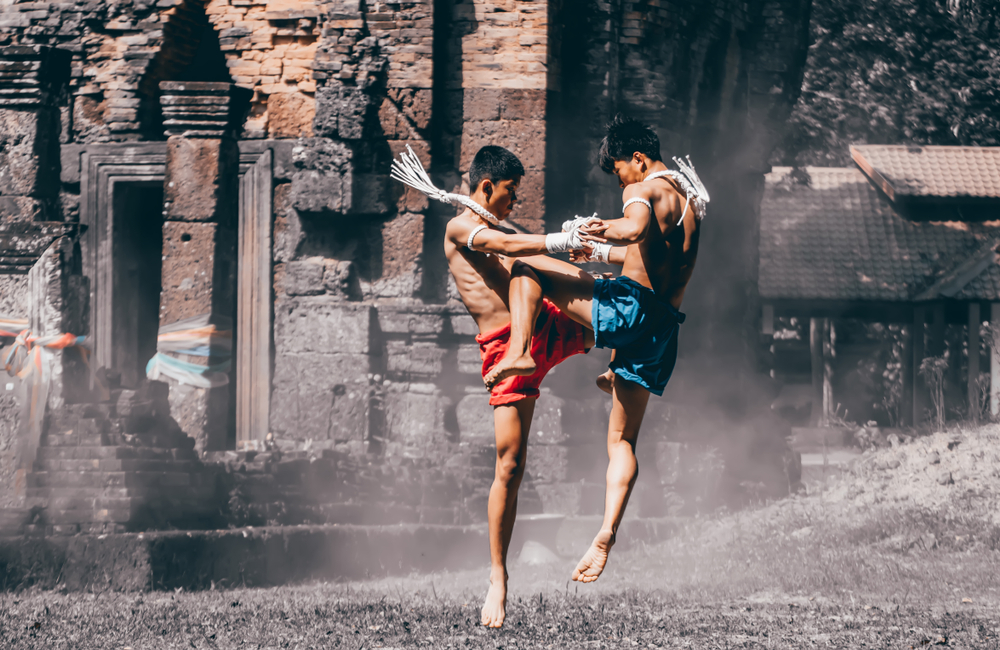
Muay Boran, a precursor to modern Muay Thai, originated in Thailand over 2,000 years ago as a battlefield martial art. It incorporates punches, kicks, knee strikes, and elbow techniques, as well as the use of weapons like swords and spears. It emphasizes using the body as a weapon, requiring immense physical conditioning and mental focus. While it has evolved into the more sport-oriented Muay Thai, Muay Boran remains a vital part of Thailand’s cultural and martial heritage. Today, it is practiced by martial artists seeking to preserve its traditional techniques, and it plays a key role in Thailand’s ceremonial events. Its influence on global combat sports remains evident in the popularity of Muay Thai.
Eskrima
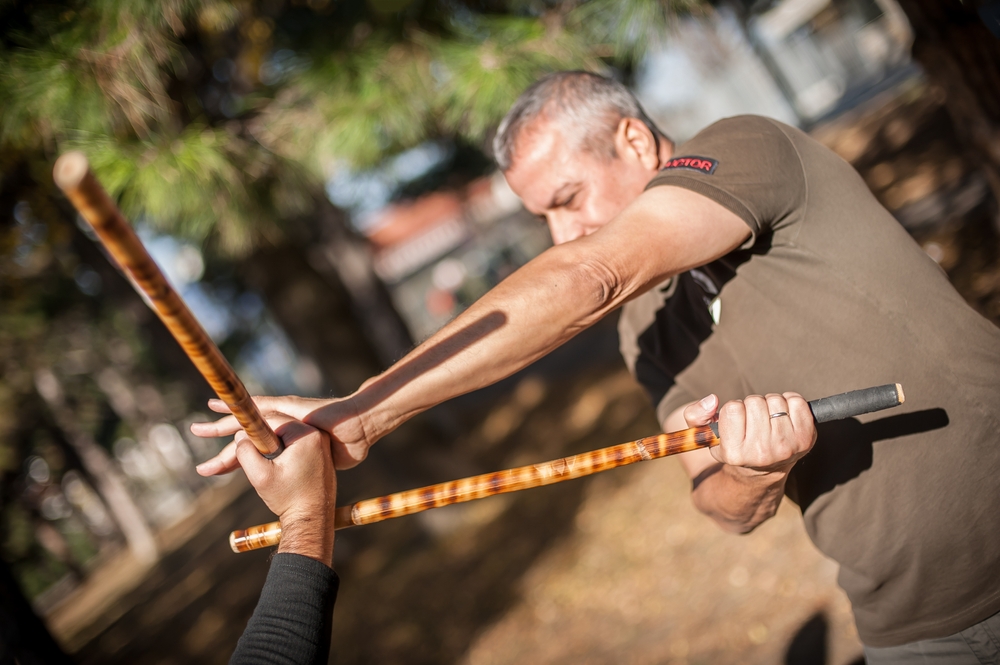
Eskrima, also known as Arnis or Kali, is a Filipino martial art focusing on stick and blade fighting. It dates back over 2,000 years and was developed by indigenous Filipino tribes for self-defense and combat. It is unique in that practitioners learn to use weapons from the outset, incorporating strikes, joint locks, and grappling techniques. During Spanish colonization, it was banned, but it survived in secret, often disguised as a dance. Today, it is the national martial art of the Philippines and is practiced worldwide. It has influenced modern self-defense techniques and is incorporated into military training programs globally.
Kalaripayattu

Kalaripayattu, originating over 3,000 years ago in southern India, is one of the oldest surviving martial arts. It combines physical training, meditation, and the use of weapons like swords, daggers, and spears. Known for its acrobatic and dynamic techniques, it has influenced the development of other martial arts, including Shaolin Kung Fu. Despite its ancient origins, it is still practiced today in India, where traditional schools preserve its teachings. The martial art is not only used for combat but also for healing, with practitioners employing massage and herbal remedies for treatment. Its emphasis on agility and flexibility continues to attract martial artists worldwide.
Pankration
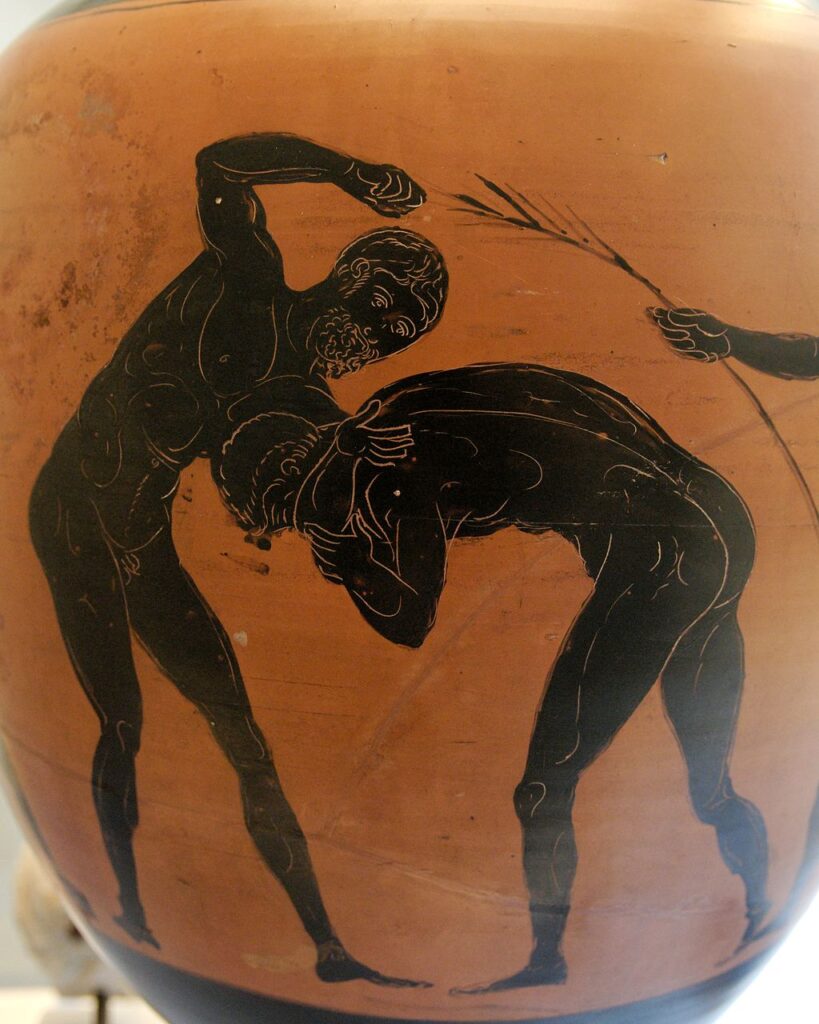
Pankration, an ancient Greek martial art, was first introduced to the Olympic Games in 648 BCE, though its origins can be traced back to 2000 BCE. It combined techniques from boxing and wrestling, allowing for strikes, kicks, and submission holds, making it one of the most brutal sports of its time. Mythology credits Heracles and Theseus with using it in legendary battles. Although it was banned from the Olympics in 393 CE, it continued to influence martial arts, including modern mixed martial arts (MMA). Today, it is practiced in some regions and celebrated for its historical significance.
Shuai Jiao
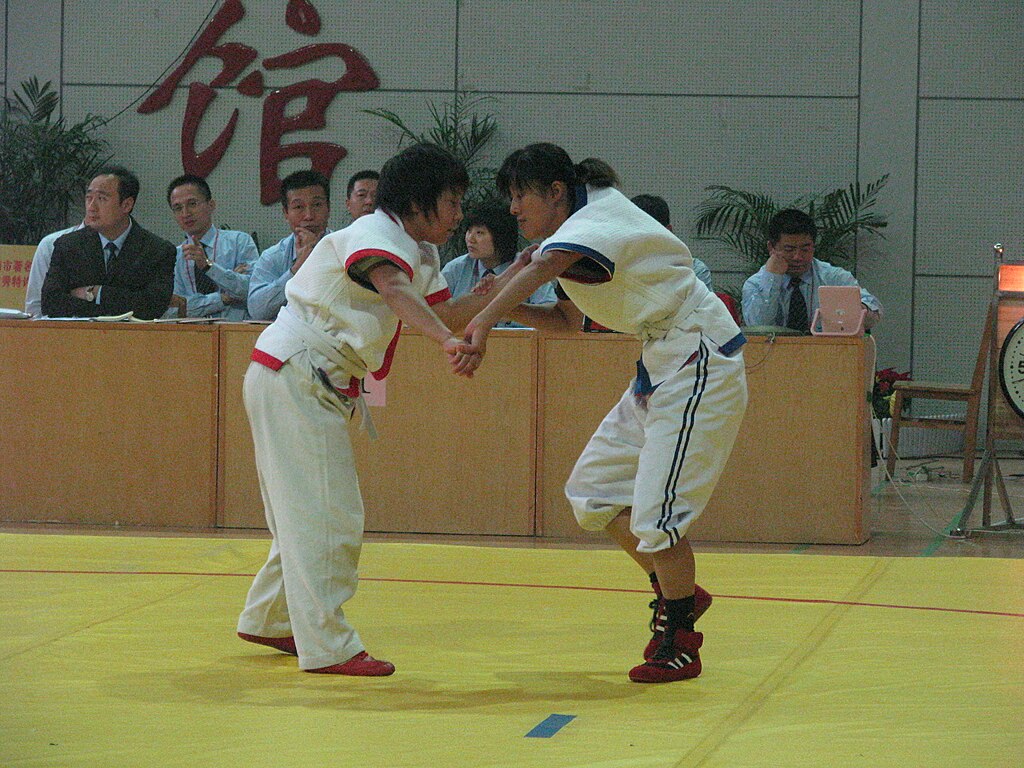
Shuai Jiao, or Chinese wrestling, is one of the oldest martial arts in China, dating back to 2697 BCE. Originally developed as a military training method, it evolved over time into a sport practiced by Chinese emperors’ bodyguards during the Qin Dynasty. It focuses on throws, joint locks, and leverage techniques to subdue opponents. Today, it remains an essential part of Chinese martial arts and is still practiced by police and military forces. While it has adapted to modern combat sports, its roots in Chinese history continue to be celebrated. It is often regarded as the foundation of other Chinese martial arts systems.
Malla-Yudda

Malla-Yudda, an ancient form of wrestling, emerged around 3000 BCE in South Asia, including regions of modern-day India, Pakistan, and Bangladesh. This martial art, mentioned in the Indian epic the Mahabharata, is divided into four styles, each emphasizing different combat techniques such as submission holds and strength-based maneuvers. Though it faded in popularity by the 16th century, it is still practiced by small communities today. It played a significant role in shaping modern Indian wrestling, known as Kushti, and is revered for its deep cultural and historical roots. Its preservation is a testament to South Asia’s rich martial arts heritage.
Boxing
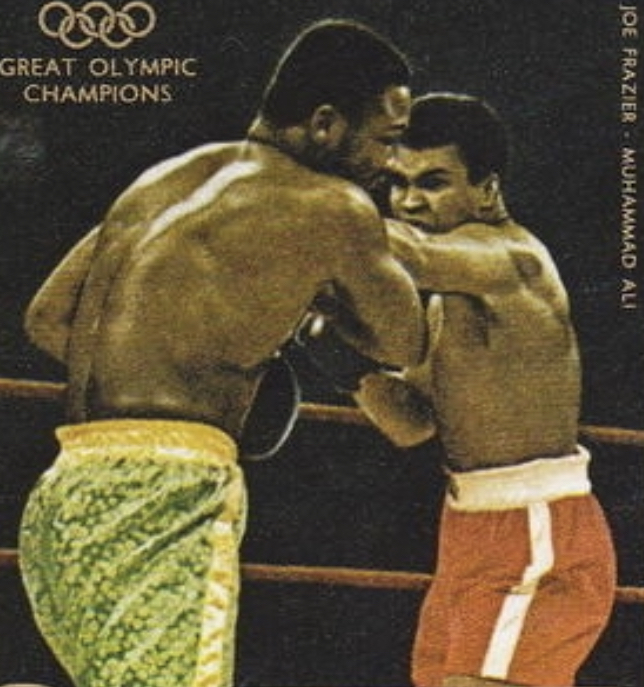
Boxing, one of the oldest documented martial arts, has roots as far back as 3000 BCE, with depictions found in ancient Sumerian and Egyptian reliefs. By 688 BCE, it had become an official Olympic sport in ancient Greece, where fighters used leather straps to protect their hands. Over time, it evolved, with formal rules being established in the 18th century. Today, it is a globally recognized sport and is still an Olympic event. It has also significantly influenced mixed martial arts (MMA), with its striking techniques forming a fundamental part of the sport. Its enduring popularity makes it one of the most iconic martial arts in history.
Wrestling
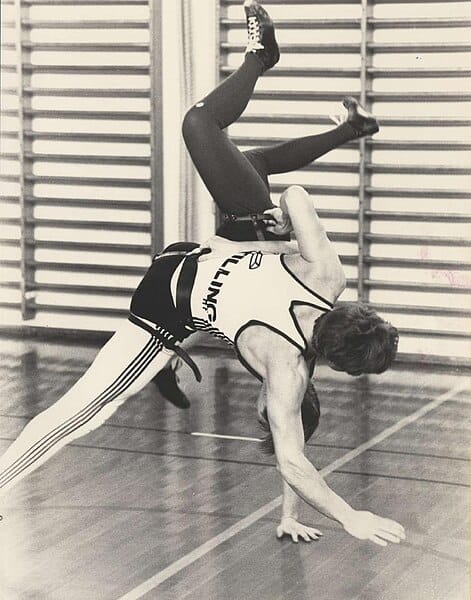
Wrestling, one of the earliest recorded martial arts, has roots dating back to 15,000 BCE, with evidence found in cave paintings in France. Structured wrestling emerged around 2000 BCE in ancient Egypt and became a formalized Olympic sport in Greece in 704 BCE. Wrestling techniques focus on grappling, holds, and throws, aiming to pin or subdue opponents. This martial art has been a staple of both ancient military training and modern Olympic sports. It remains popular worldwide, with styles like Greco-Roman and freestyle being practiced globally. Its longevity and widespread appeal make it a cornerstone of human combat sports.
This article originally appeared on Rarest.org.
More from Rarest.org
11 Highly Desired Antique Kitchenware Items Collectors Treasure
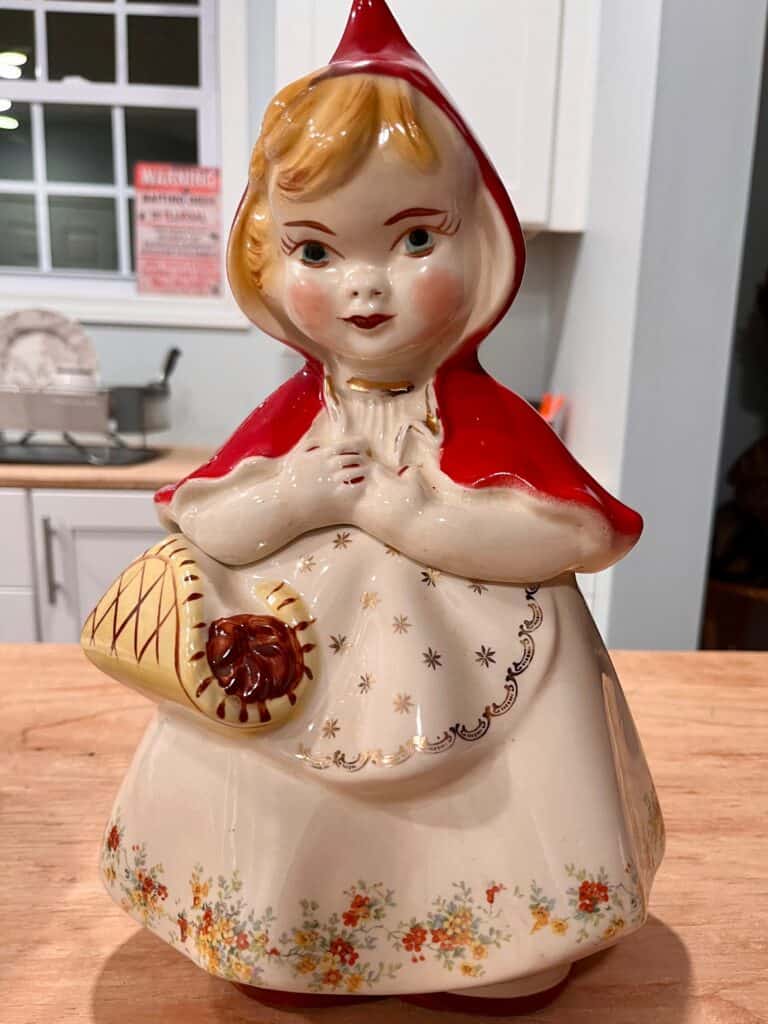
Collecting antique kitchenware offers a glimpse into history while adding charm to any kitchen or display. From durable cast iron skillets to delicate china patterns, these items have both functional and decorative value. Read More.
9 Most Expensive Vintage Porcelain Figurines Ever Collected
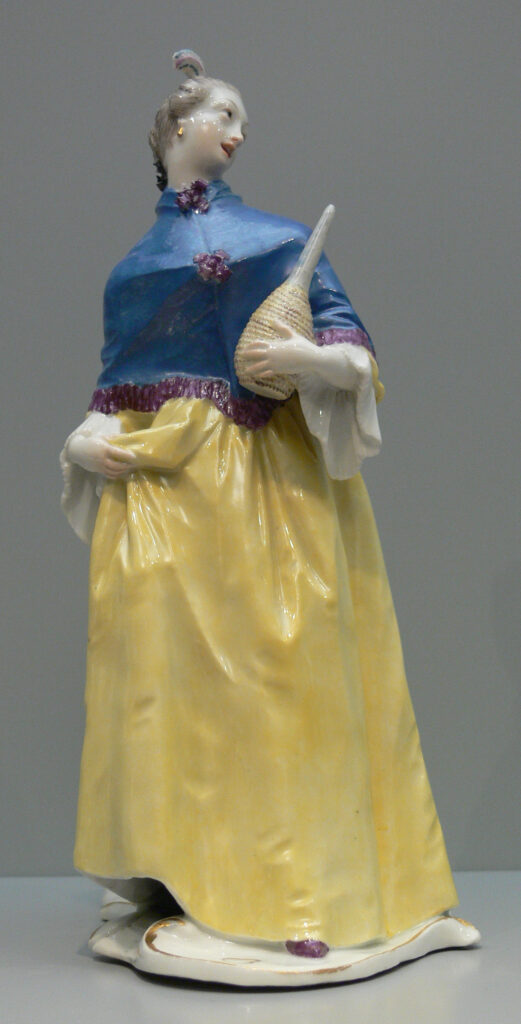
Porcelain figurines have long been treasured for their intricate craftsmanship and delicate beauty. Collectors are willing to pay extraordinary amounts for rare, vintage pieces that carry historical value and artistic elegance. Read More.
13 Unique Antique Clocks That Are Nearly Impossible to Find
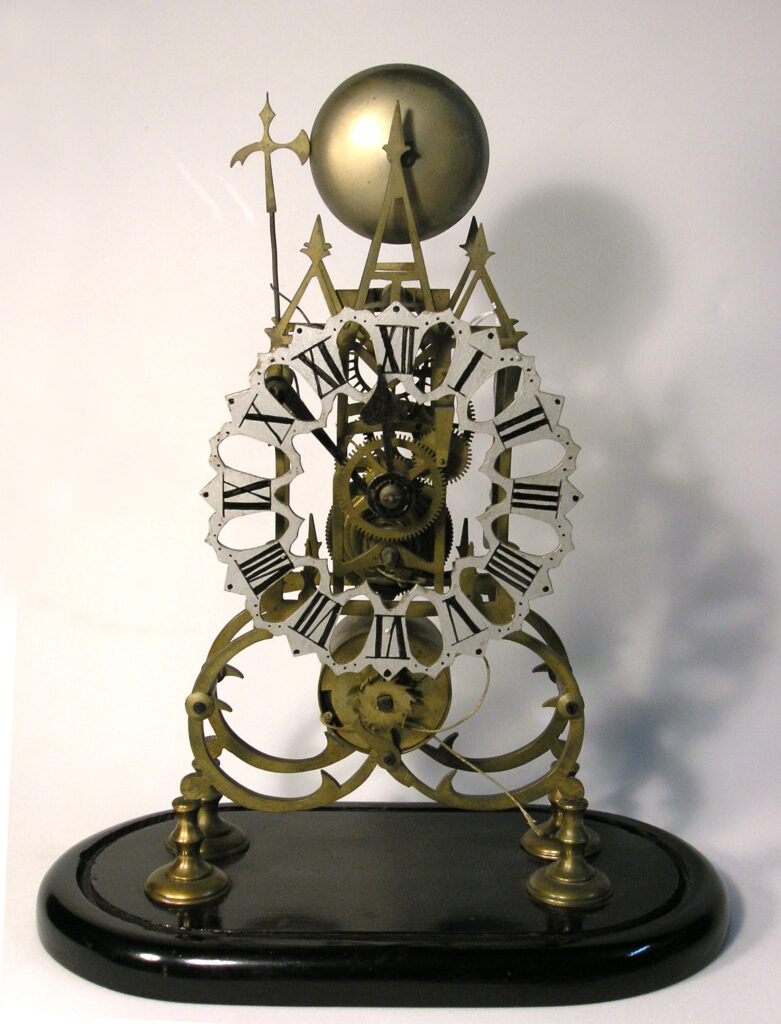
Antique clocks hold a special allure for collectors and history enthusiasts alike. These timepieces, often crafted with extraordinary detail, offer a glimpse into the artistry and engineering of their eras. Read More.
